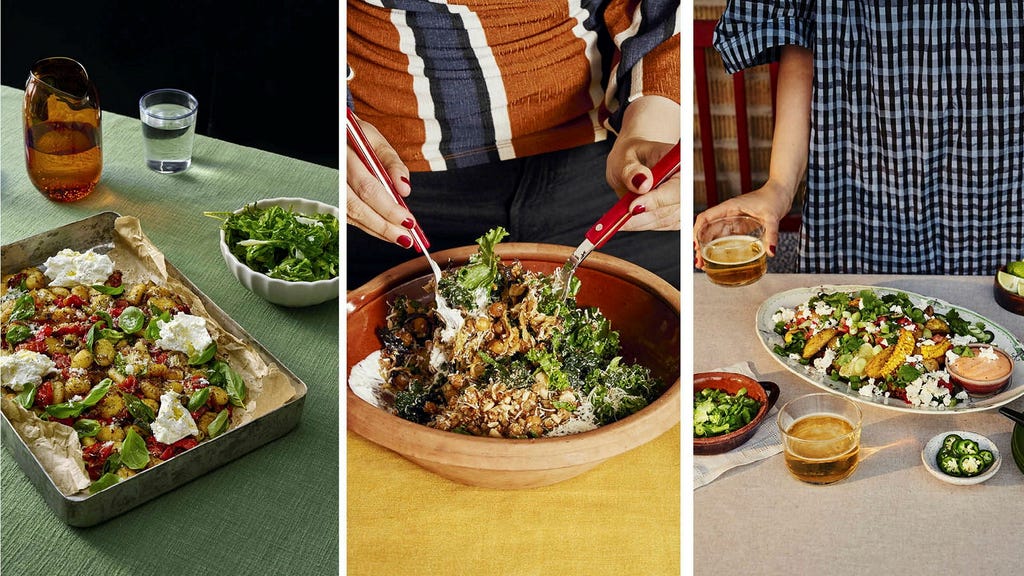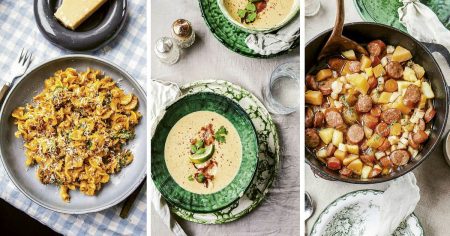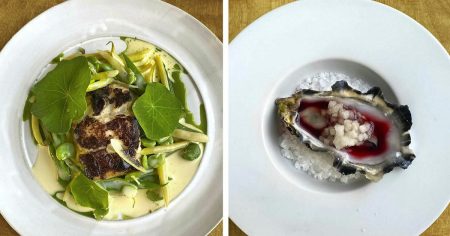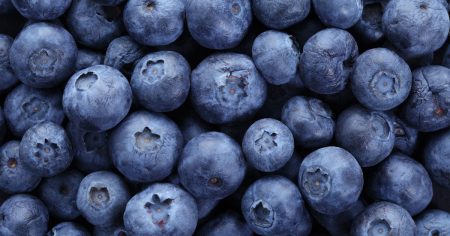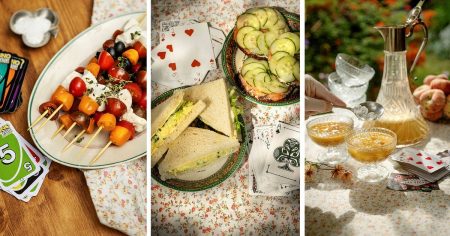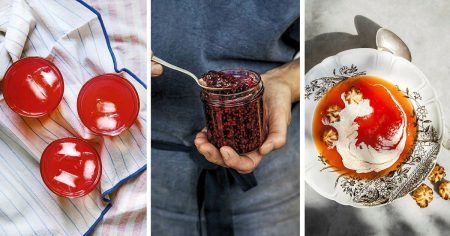The concept of sheet pan cooking, as outlined in Julia Tuvesson’s cookbook ”Plåtmat 2,” offers a simple, versatile, and efficient approach to creating flavorful and healthy meals. The fundamental principle revolves around a four-step process that allows for extensive customization based on personal preferences, available ingredients, and seasonal produce. This method not only simplifies meal preparation but also promotes a greener lifestyle by reducing cooking time and minimizing waste.
The foundation of sheet pan cooking lies in selecting a base of root vegetables and/or other vegetables. These are then arranged on a baking sheet, forming the canvas for the rest of the dish. The second step involves choosing a flavor profile, whether it be a blend of spices, a marinade, or a simple seasoning. This flavor enhancer can be applied either before or after the vegetables are roasted, depending on the desired effect. The third stage adds depth and texture through the incorporation of toppings. These can range from nuts and seeds to cheeses and herbs, providing a contrasting element to the roasted vegetables. Lastly, a sauce or dressing is used to tie all the components together, creating a cohesive and satisfying meal. This four-step process allows for endless variations, catering to both simple weeknight dinners and more elaborate weekend feasts. The flexibility inherent in this system encourages creativity and experimentation in the kitchen.
Tuvesson’s cookbook provides a range of inspiring recipes that showcase the versatility of sheet pan cooking. One such example is the gnocchi sheet pan meal with roasted vegetables and burrata. This recipe eliminates the need for pre-cooking the gnocchi, further streamlining the cooking process. By simply tossing seasonal vegetables and gnocchi onto a baking sheet, a complete and flavorful meal can be prepared in just 30 minutes. The addition of creamy burrata elevates the dish, adding a touch of indulgence.
Another enticing recipe featured in ”Plåtmat 2” is the kebab sheet pan with oyster mushrooms and a vibrant sauce. This dish reimagines the classic kebab pizza in a healthier and more convenient format. Crispy, taco-seasoned oyster mushrooms serve as the protein base, while a generous drizzle of a flavorful sauce, reminiscent of kebab pizza toppings, completes the dish. Fresh garnishes like salad, cucumber, dill, onion, and chili flakes add a refreshing contrast to the rich and savory flavors.
The esquites sheet pan with roasted corn, chickpeas, and chili mayonnaise offers a vibrant and flavorful take on a Mexican street food classic. This recipe utilizes readily available ingredients and adapts the traditional cotija cheese to feta or salad cheese, making it accessible to a wider audience. The combination of sweet corn, hearty chickpeas, and spicy chili mayonnaise creates a balanced and satisfying meal.
Tuvesson also offers a reimagined Caesar salad, dubbed the winter Caesar with kale, bread crisps, and roasted hazelnuts. This variation departs from the traditional romaine lettuce base, incorporating hearty kale instead. The Caesar dressing, however, remains a key element, providing a familiar flavor profile. Toasted hazelnuts and crispy bread crumbs add textural complexity, elevating the dish beyond a simple salad.
These recipes exemplify the versatility and adaptability of sheet pan cooking, demonstrating how simple ingredients can be transformed into delicious and satisfying meals. The emphasis on fresh, seasonal produce not only enhances the flavor but also promotes a healthier eating pattern. This approach to cooking simplifies meal preparation while simultaneously offering a creative outlet for culinary exploration. The efficient use of a single pan minimizes both cooking time and cleanup, making it an ideal method for busy weeknights and effortless entertaining. Furthermore, the focus on minimizing waste aligns with the growing trend towards more sustainable cooking practices.
Ultimately, ”Plåtmat 2” advocates for a mindful approach to cooking that prioritizes both flavor and efficiency. By embracing the simplicity and versatility of sheet pan cooking, home cooks can create delicious and nutritious meals while minimizing their environmental impact. This method empowers individuals to take control of their dietary choices, encouraging creativity and experimentation in the kitchen. The cookbook serves as a valuable resource, providing inspiration and guidance for those seeking a more streamlined and sustainable approach to cooking.





